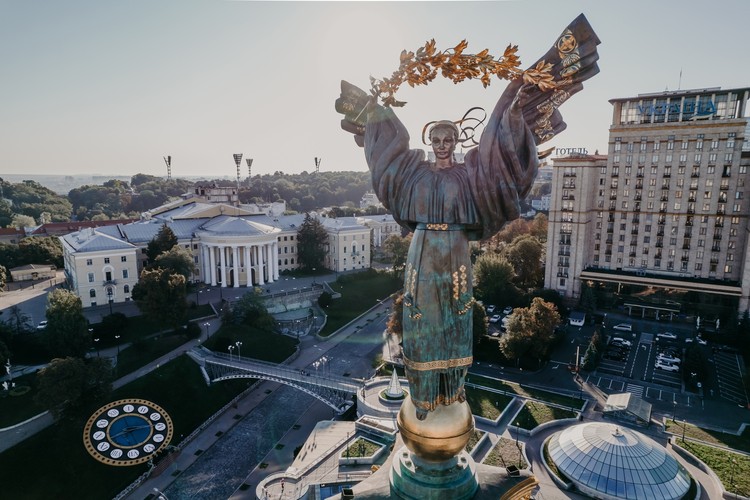modelcampusa.com – Ukraine’s journey toward independence is a story of resilience, cultural preservation, and a relentless pursuit of self-determination. Situated at the crossroads of Europe and Asia, Ukraine has been influenced by numerous empires and cultures over the centuries. This article explores key historical milestones that have shaped Ukraine’s path to becoming an independent nation.
Early History and the Kievan Rus
The roots of Ukrainian statehood can be traced back to the Kievan Rus, a medieval state that emerged in the ninth century. This early political entity laid the foundations for both Ukrainian and Russian cultures. The Kievan Rus experienced a golden age during the reign of Prince Volodymyr the Great and his son, Yaroslav the Wise, who expanded the state’s influence and established Christianity as the official religion.
The Mongol Invasion and Polish-Lithuanian Influence
The Mongol invasion in the 13th century led to the fragmentation of the Kievan Rus, with much of its territory falling under Mongol control. In the 14th century, the region was gradually absorbed into the Grand Duchy of Lithuania and later the Polish-Lithuanian Commonwealth. During this period, Ukrainian lands became a cultural and political battleground, with Polish nobility exerting significant influence.
The Cossack Era and the Hetmanate
In the 16th and 17th centuries, the Cossacks, a group of free warriors, emerged as a formidable force in Ukrainian history. They established the Cossack Hetmanate, a semi-autonomous region that sought to protect Ukrainian interests against foreign domination. The Treaty of Pereyaslav in 1654 resulted in the Hetmanate aligning with the Russian Tsardom, a decision that would have long-lasting implications for Ukraine’s sovereignty.
The Struggle for Independence in the 20th Century
The collapse of the Russian Empire during World War I created an opportunity for Ukraine to declare independence in 1918. However, this newfound independence was short-lived, as the country became embroiled in the Russian Civil War and was eventually incorporated into the Soviet Union in 1922. Under Soviet rule, Ukraine experienced significant hardship, including the Holodomor, a devastating famine in the 1930s.
The Path to Modern Independence
The dissolution of the Soviet Union in 1991 marked a pivotal moment in Ukraine’s quest for independence. On August 24, 1991, Ukraine declared its independence, which was overwhelmingly supported by a national referendum later that year. Since then, Ukraine has faced numerous challenges, including economic struggles, political instability, and territorial disputes, notably with Russia over Crimea and the ongoing conflict in Eastern Ukraine.
Conclusion
Ukraine’s quest for independence is a testament to the enduring spirit of its people, who have navigated centuries of foreign domination and internal strife. Today, Ukraine continues to assert its sovereignty and cultural identity on the global stage, striving to build a democratic and prosperous future. As history unfolds, Ukraine’s journey remains a powerful narrative of resilience and hope.
